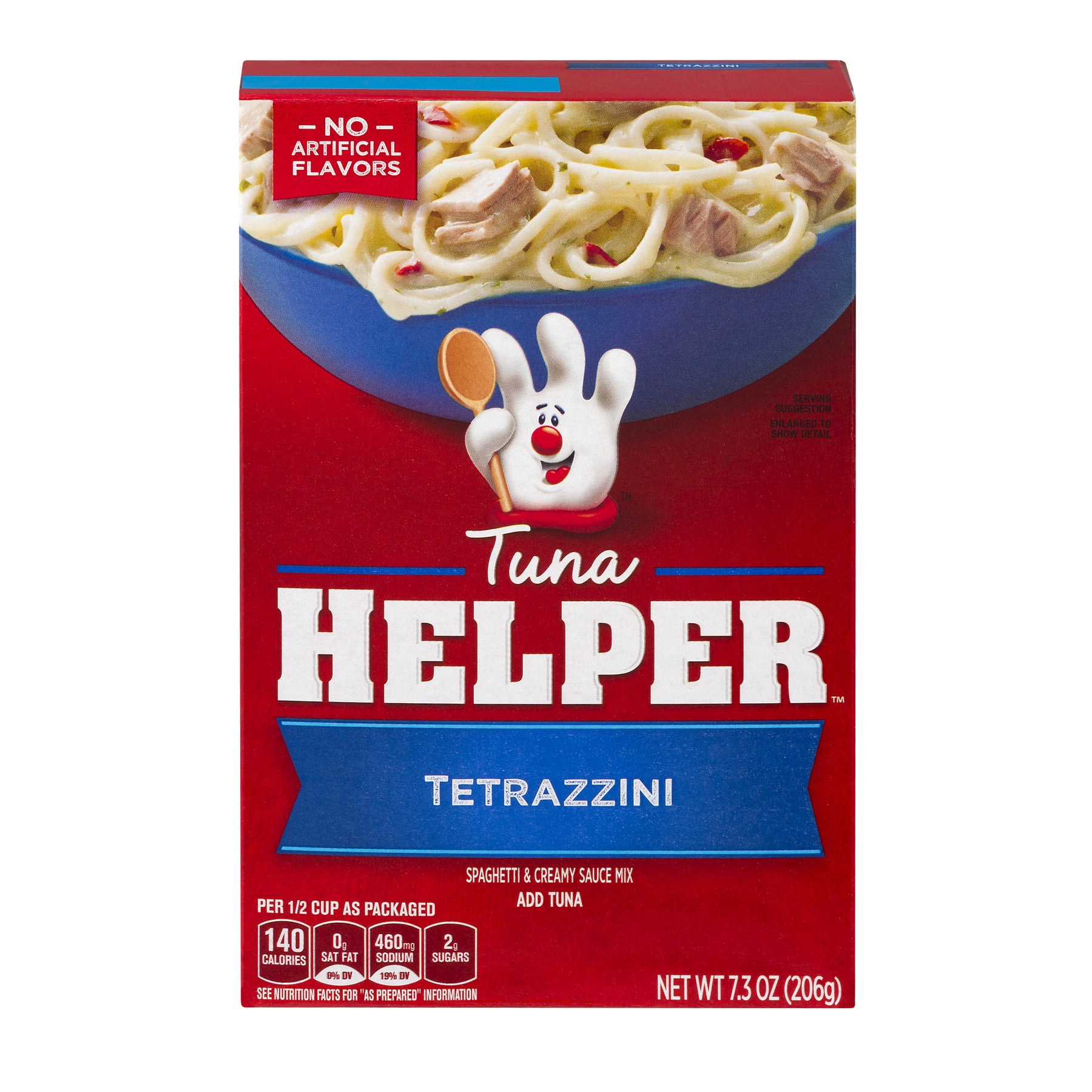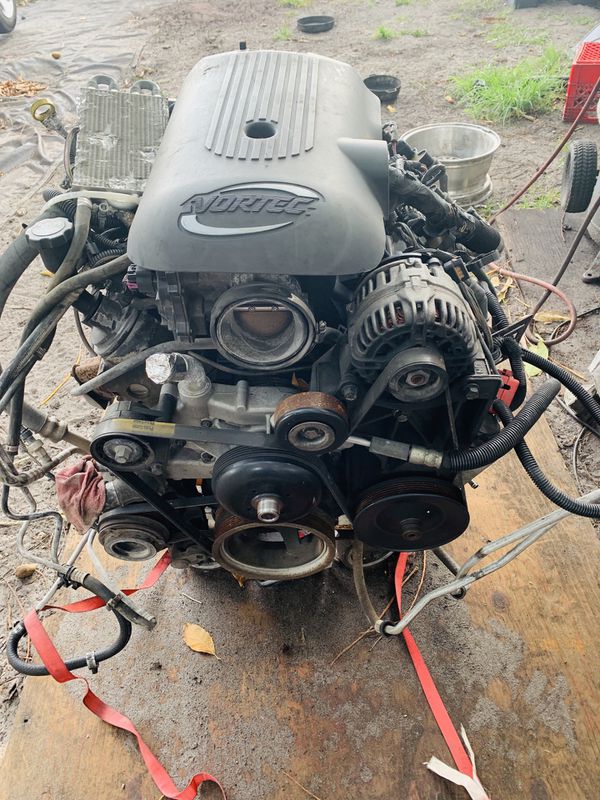

Along with MOG/CFA, mice are treated systemically with the co-adjuvant pertussis toxin (PTX), an ADP-ribosylating exotoxin derived from Bordetella pertussis that has been proven necessary for clinical disease in this model ( Levine and Sowinski, 1973 Bettelli et al., 2003). In the active EAE model in C57BL/6 mice, naive Th cells are primed by subcutaneous immunization with a peptide derived from myelin oligodendrocyte glycoprotein (MOG 35-55) emulsified in CFA ( Stromnes and Goverman, 2006). Overall, we demonstrate that Bhlhe40 expression identifies encephalitogenic Th cells and defines a PTX–IL-1–Bhlhe40 pathway active in EAE.Īutoreactive CD4 + T helper (Th) cells specific for components of myelin drive experimental autoimmune encephalomyelitis (EAE), a widely used animal model of the human neuroinflammatory disease multiple sclerosis (MS). In vivo, IL-1R signaling was required for full Bhlhe40 expression by Th cells after immunization. IL-1β induced Bhlhe40 expression in polarized Th17 cells, and Bhlhe40-expressing cells exhibited an encephalitogenic transcriptional signature. Furthermore, PTX co-adjuvanticity was Bhlhe40 dependent. Pertussis toxin (PTX), a classical co-adjuvant for actively induced EAE, promoted IL-1β production by myeloid cells in the draining lymph node and served as a strong stimulus for Bhlhe40 expression in Th cells. In adoptive transfer EAE models, Bhlhe40-deficient Th1 and Th17 cells were both nonencephalitogenic.


Here, using Bhlhe40 reporter mice and analyzing both polyclonal and TCR transgenic Th cells, we found that Bhlhe40 expression was heterogeneous after EAE induction, with Bhlhe40-expressing cells displaying marked production of IFN-γ, IL-17A, and granulocyte-macrophage colony-stimulating factor. We have previously shown that Th cells require the transcription factor Bhlhe40 to mediate experimental autoimmune encephalomyelitis (EAE), a mouse model of multiple sclerosis. The features that define autoreactive T helper (Th) cell pathogenicity remain obscure.


 0 kommentar(er)
0 kommentar(er)
